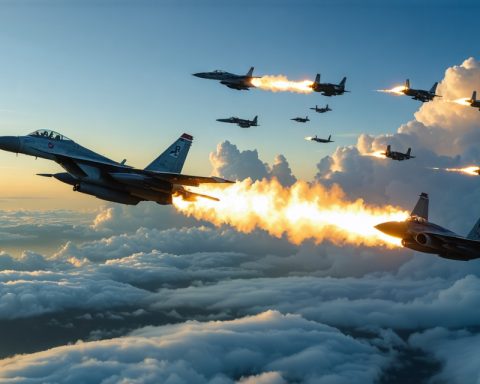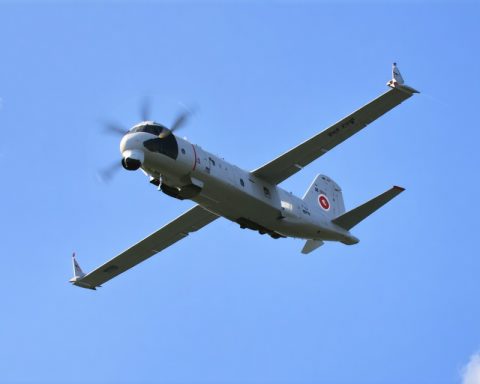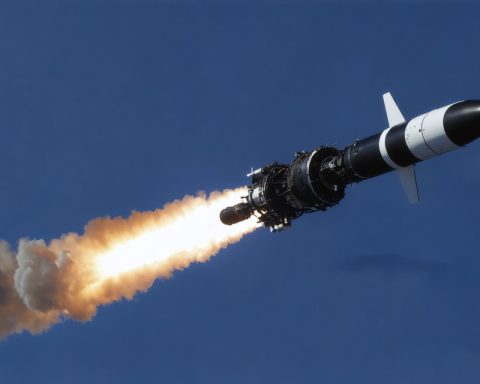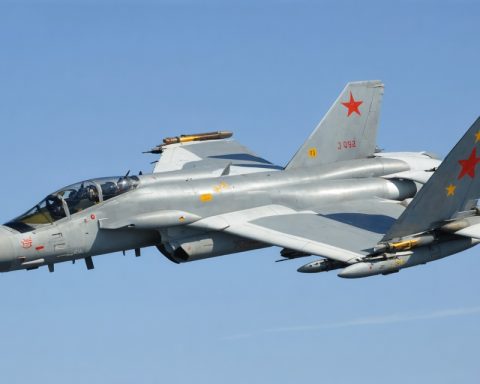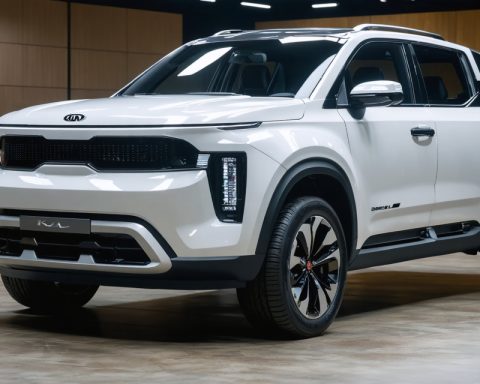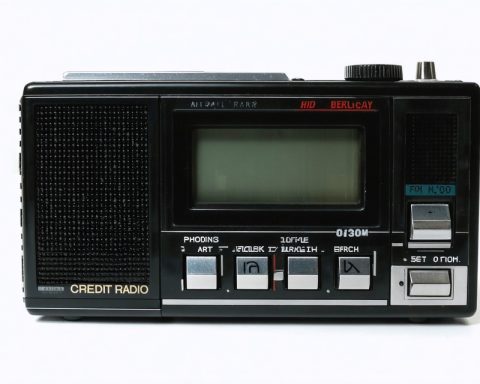Exploring the Shift in Air Force Fighter Programs
As the F-22 remains the gold standard of the U.S. Air Force’s arsenal, planning is already underway for its successor, or perhaps a new approach altogether. Senior officials have suggested that the next-generation fighter program might evolve into a support role for unmanned combat vehicles, marking a significant shift in military strategy.
During a recent event, Secretary Frank Kendall emphasized the potential benefits of advancing the Next Generation Air Dominance (NGAD) program, which was previously paused due to rising costs associated with potentially replacing the F-22. Discussions surrounding the future of NGAD have now been handed off to the incoming government administration.
Recent evaluations from the Department of Defense propose interesting alternatives, including the development of an upgraded version of the F-35. This version would be designed to oversee unmanned aerial vehicles, referred to as collaborative combat aircraft (CCAs). These innovative unmanned fighters would work together with piloted aircraft, effectively changing traditional combat dynamics.
One plan envisions manned pilots collaborating with a fleet of CCAs, while another proposes these drones act as supportive “loyal wingmen,” enhancing the combat capabilities of piloted aircraft without putting more lives at risk. As the military looks to innovate in a cost-effective manner, embracing advanced technologies seems to be the way forward for future air dominance.
The Future of Military Aviation: Implications Beyond the Skies
The shift in air force fighter programs signals more than just a technological upgrade; it represents a profound transformation in military strategy with far-reaching implications for society and global defense dynamics. As the U.S. moves towards integrating unmanned combat vehicles, the potential for reduced human casualties in warfare could reshape public perception about military engagement. With increasing debates on the ethics of drone warfare, the military’s embrace of such technology will likely ignite discussions about accountability, oversight, and the morality of remote combat operations.
The global economy may also see impacts from these developments. Nations may rush to modernize their air forces, fueling an increase in defense spending and arms sales. This trend could lead to a competitive fervor among nations, potentially exacerbating tensions in geopolitically sensitive regions. Moreover, the rise of autonomous technology in military applications may influence the civilian sector, prompting innovations in commercial drone technology and artificial intelligence.
Looking to the future, environmental impacts cannot be ignored. Autonomous drones are typically more fuel-efficient than traditional fighters, possibly leading to a lower carbon footprint in military operations. However, the lifecycle of these technologies, including manufacturing and potential battlefield debris, raises questions about sustainability. As military airpower evolves, its ramifications across cultural, economic, and environmental domains will shape the landscape in unprecedented ways.
The Future of Air Force Fighters: Unmanned Allies and Next-Gen Innovations
Exploring the Evolution of Air Force Fighter Programs
The U.S. Air Force is on the brink of redefining its aerial combat strategy as it considers the future beyond the F-22 Raptor, a cornerstone of air superiority for decades. As discussions escalate around the Next Generation Air Dominance (NGAD) program, significant shifts towards integrating unmanned combat vehicles are expected to reshape military tactics and airfield engagements.
Key Features of Next Generation Air Dominance (NGAD)
1. Unmanned Aerial Collaboration: A core feature of the new fighter program is the development of collaborative combat aircraft (CCAs). These unmanned vehicles are designed to complement piloted fighters, such as potential upgrades to the F-35, augmenting their capabilities in contested environments.
2. Manned-Unmanned Teams: Emerging strategies envision manned aircraft working in concert with CCAs, leveraging advanced communication and decision-making technologies. This approach creates a multi-layered defensive and offensive capability that enhances situational awareness and reduces risk to human pilots.
3. Loyal Wingmen Concept: The “loyal wingman” concept allows drones to operate autonomously alongside manned jets. This tactic not only limits the exposure of pilots to danger but also increases mission flexibility, with drones capable of performing both reconnaissance and combat roles.
Pros and Cons of Integrating Unmanned Combat Vehicles
Pros:
– Increased Safety: By deploying unmanned vehicles, the risk to human pilots is significantly reduced.
– Cost-Effectiveness: CCAs can potentially lower operational costs by allowing for a more diverse range of missions with fewer personnel required in high-risk environments.
– Enhanced Capabilities: Unmanned fighters can be developed with cutting-edge technology and operational flexibility, streamlining missions and improving success rates.
Cons:
– Reliability Concerns: Questions surrounding the reliability of unmanned systems in high-pressure combat situations remain a concern that could impact mission outcomes.
– Cybersecurity Risks: The integration of unmanned vehicles increases the risk of cyberattacks that could compromise mission integrity.
– Budget Allocation: While the evolution towards unmanned systems promises benefits, it also diverts funding from traditional manned aircraft development, which may lead to gaps in capabilities.
Market Trends and Innovations in Military Aviation
The shift towards unmanned systems is reflective of broader trends within the defense industry, where emphasis is increasingly placed on reducing troop exposure and enhancing technological integration. Investments in artificial intelligence and machine learning are expected to revolutionize operational strategies, allowing air forces to execute complex missions with higher precision and lower risk.
Innovative partnerships with private aerospace companies are also paving the way for breakthroughs in drone technology, leading to more affordable and effective combat solutions. Potential future contracts and defense budgets will likely prioritize these developments as military strategies adapt to modern warfare demands.
Pricing and Future Considerations
While exact pricing models for CCAs and their integration into Air Force missions are not yet fully disclosed, preliminary estimates suggest that accommodating these innovations could lead to significant long-term savings in operational costs. As technology matures and the capabilities of unmanned systems are proven in exercises, further investments could be seen in both upgraded manned aircraft and advanced drone programs.
Looking Ahead: Predictions for Air Force Fighter Programs
As the U.S. military navigates the complexities of modern aerial warfare, the integration of unmanned combat vehicles is expected to play a crucial role in maintaining air superiority. Continued research, development, and evaluation will determine the ultimate structure of the air force arsenal over the coming decades.
For more information on the future of military aviation and related innovations, visit U.S. Air Force.

